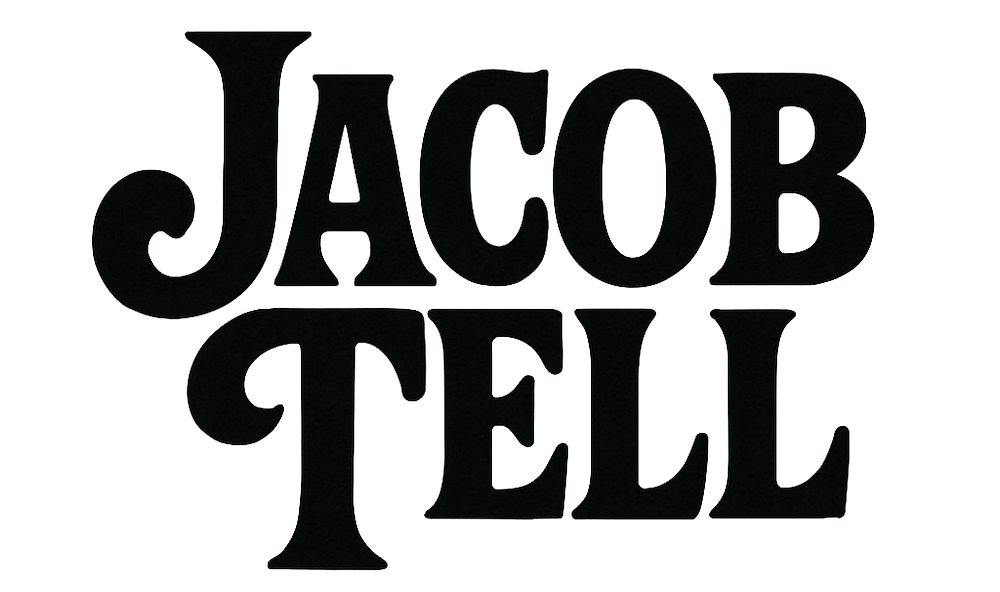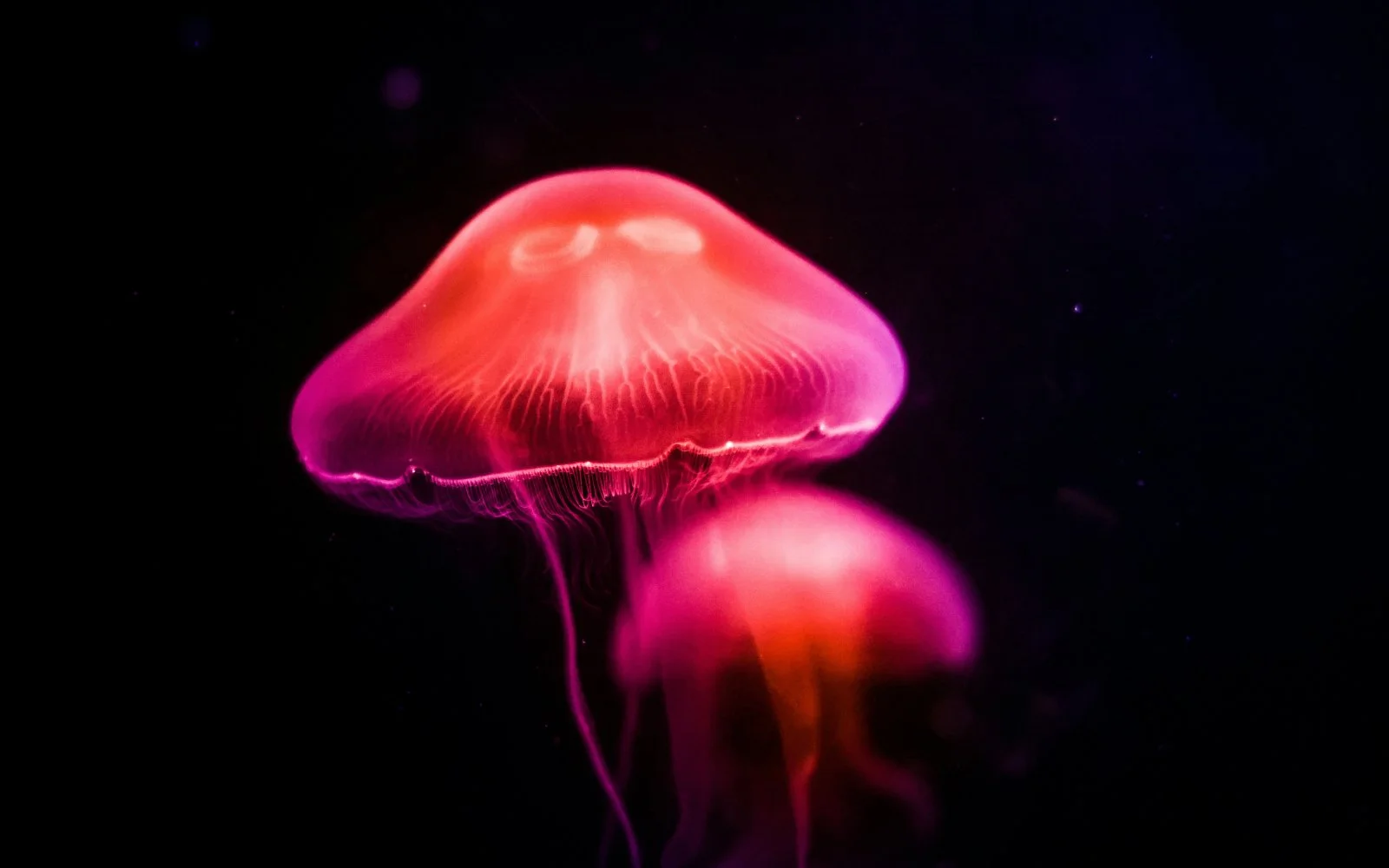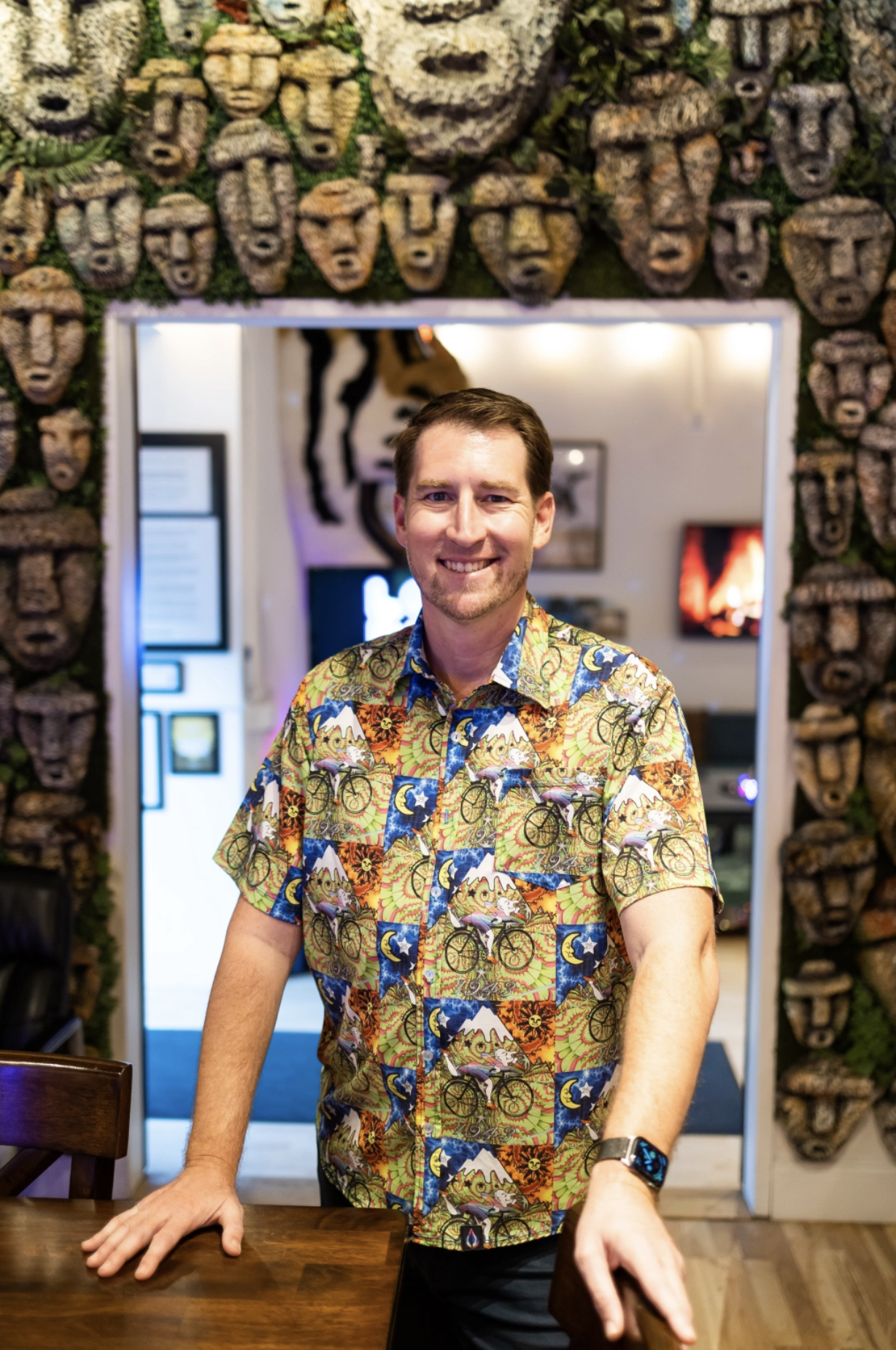Labor Day weekend was hot this year throughout California. Historically hot. In the name of survival, many thousands of Golden Staters flocked to the beach. I was no exception and found myself on the shoreline with an extended group of friends and acquaintances, all of us firmly in our middle age, coupled up, and raising young families. There, we had good food and good drinks, along with umbrellas, surf boards, an air of sunblock, and stoked kids galore.
It was a full-on beach blanket bingo vibe, save for one little wrinkle — there were no less than two different types of psychedelics involved. That’s right; the Montecito mainstream has officially turned on and tuned in to the fast-growing psychedelics-as-medicine movement.
“I use small amounts of mushrooms a couple times a week,” said one mom. “I find that I am a happier, more energized person. And way more patient with my kids.”
Another offered, after swallowing a small, brown capsule of psilocybin, “I’ve been off SSRIs for almost a year now and have never felt more stable as an adult. Only once did I accidentally take too much and feel kinda messed up.”
A third chimed in, “My brother has dealt with depression ever since 9/11. It’s not uncommon for a career firefighter like him. Since using mushrooms and working with a therapist, he is a new man. I mean, my whole family notices it.”
One of the dads walked over, helped himself to one of the psilocybin pills, and said, “I’ve used small amounts of LSD while at work. Micro-dose size, I guess, because I have never felt much more than a strong cup of coffee. It’s great for my creativity and helping me blast through my to-do list.”
I sat back on my towel and marveled at the scene. These were all good, successful, educated, and generally sober, law-abiding people. Wholesome, if you will. The majority had avoided any real drug use in their youth save for drinking and occasional cannabis consumption, and yet, here they were, using small amounts of illegal psychedelics while hanging out with family and friends on a holiday weekend. More to the point, they weren’t dosing to alter reality and catch a buzz; they were doing it in pursuit of a happier, healthier life.
Set and Setting
The use of psychedelics as medicine is, of course, nothing new. Lysergic acid diethylamide (LSD) was discovered in a pharmaceutical company’s lab some 80-plus years ago by the Swiss chemist Albert Hofmann. In short order, that company, Sandoz (now known as Novartis), began shipping the substance to doctors all over the world for free in hopes of best figuring out how to use it in a clinical setting.
Long before this, native cultures from around the world employed naturally occurring entheogens (another term for consciousness-expanding drugs) such as magic mushrooms (psilocybin), peyote, and ayahuasca as part of their religious ceremonies, coming-of-age rituals, and medicinal modalities. So vast and varied is this practice of using psychedelics as more than a mere intoxicant that even our own federal government famously pursued them as both a medicine and a weapon in the middle part of the 20th century.
Some of the brightest minds from around the world in the field of psychology saw psychedelics as a potent and emerging therapeutic tool until widespread illegality was established in the early 1970s. In fact, the case for hallucinogens as medicine, albeit one with certain risks, has long been louder and more established than that of cannabis. Even the term “psychedelic” was coined by a clinical psychologist, Humphry Osmond, and presented with wholehearted support in front of the New York Academy of Sciences in 1957.
Despite all of this, most reading this article likely have many negative talking points at the ready about these types of drugs. Such was the potency of the anti-psychedelic campaigns during the last decades of the 20th century and the early years of the aughts. Who among us doesn’t have a story about that kid from high school who took too much acid and still thinks they are a glass of orange juice? They cause personality disorders. They make you go insane. They destroy your nervous system. They make you believe you can fly. These views, though largely unsupported by science, came to dominate the mainstream narrative. As a result, the concept of psychedelics as a tool for health was all but forgotten save for a few underground activist doctors, certain religious practitioners, and lifelong devotees who cut their teeth during the early years of the movement.
And so it went until 2000, when Johns Hopkins University, the famed East Coast hotbed of medical innovation and professionalism, quietly garnered regulatory approval from the federal government to once again begin researching with psychedelics. In 2006, led by Dr. Roland Griffiths, they published a now-famous paper about the safety and lasting benefits of a single dose of psilocybin. In the 15 years since, they have published more than 60 peer-reviewed papers on the topic, looking at everything from addiction and depression to PTSD and the often-crippling existential dread associated with a terminal diagnosis. Again and again they have found psychedelics, when administered in a professional setting with proper patient screening, to be a safe, non-addictive, and effective course of treatment for a wide range of afflictions and conditions. The university is currently in the process of using clinical trials to further investigate the use of psilocybin and other psychedelics for things like Lyme disease, Alzheimer’s, opioid addiction, anorexia, obsessive compulsive disorders, and anxiety. And they aren’t alone.










